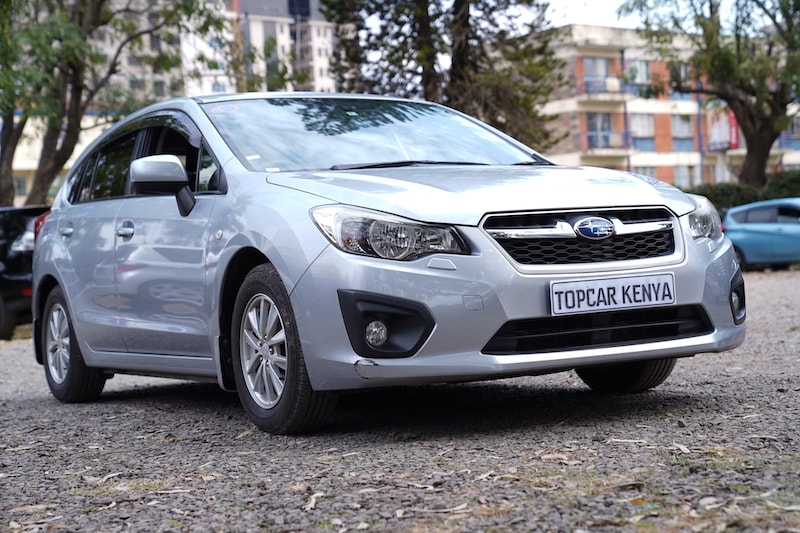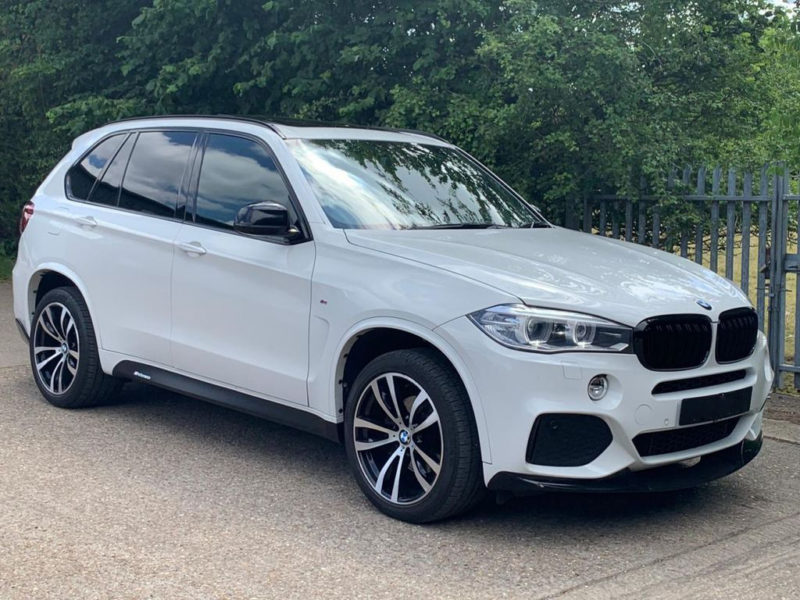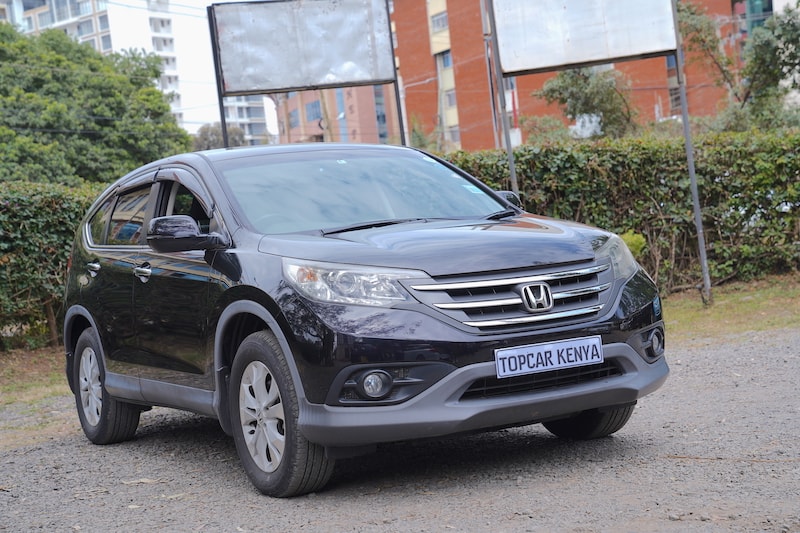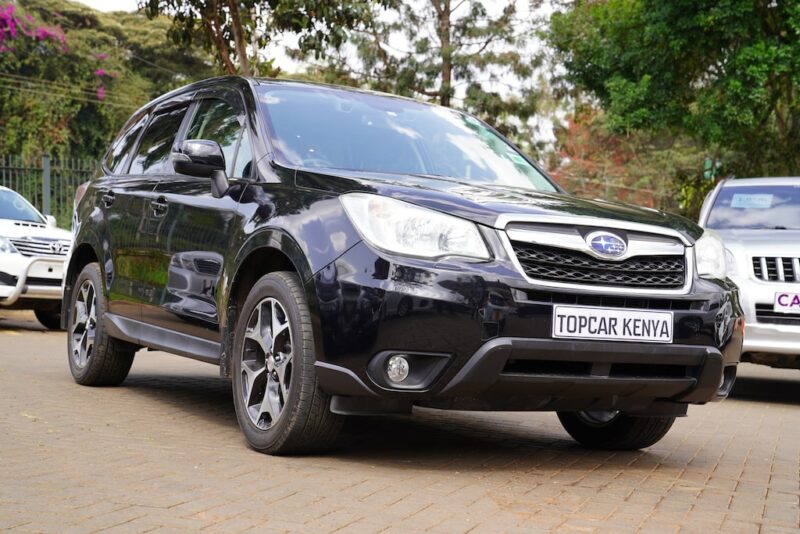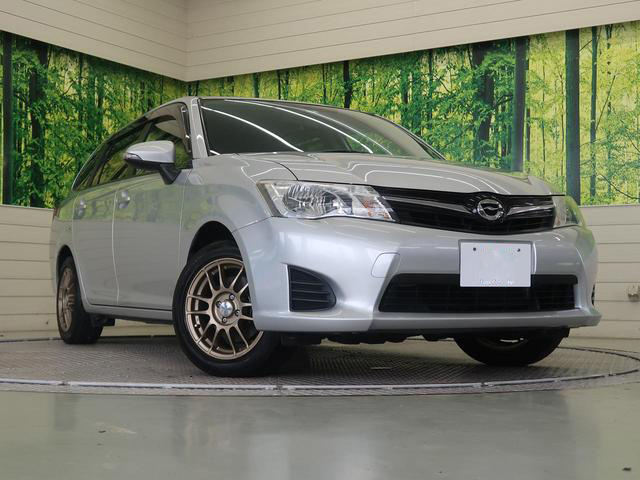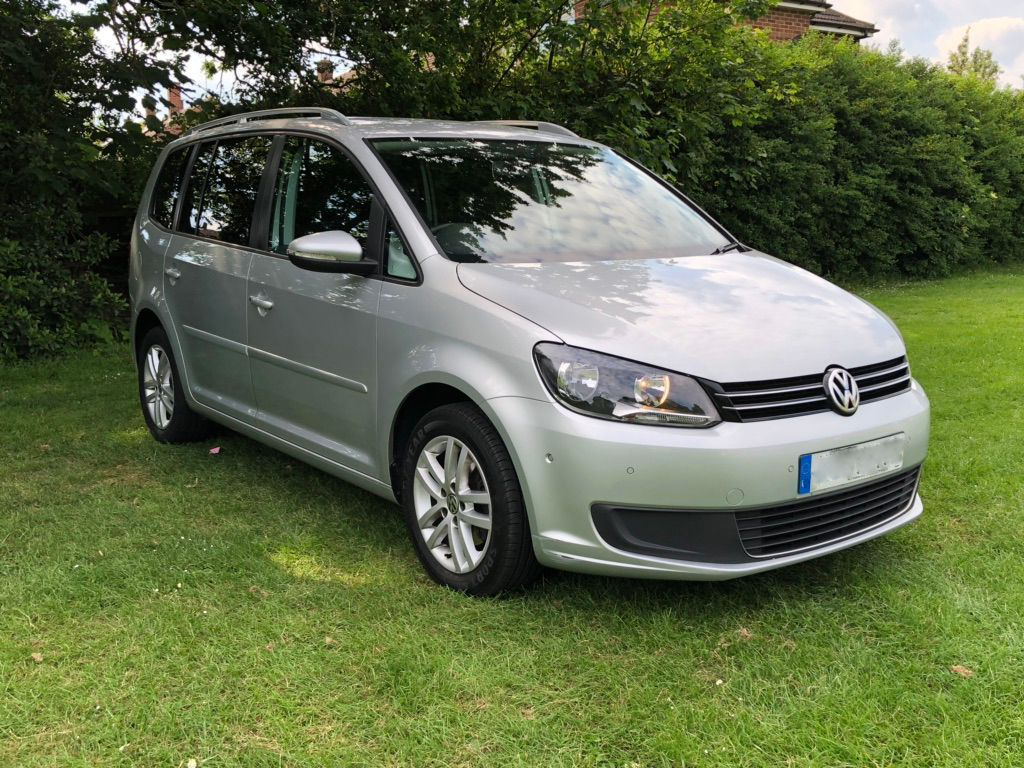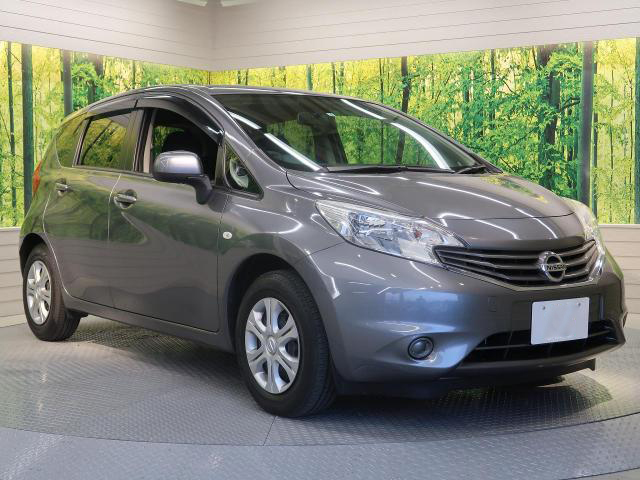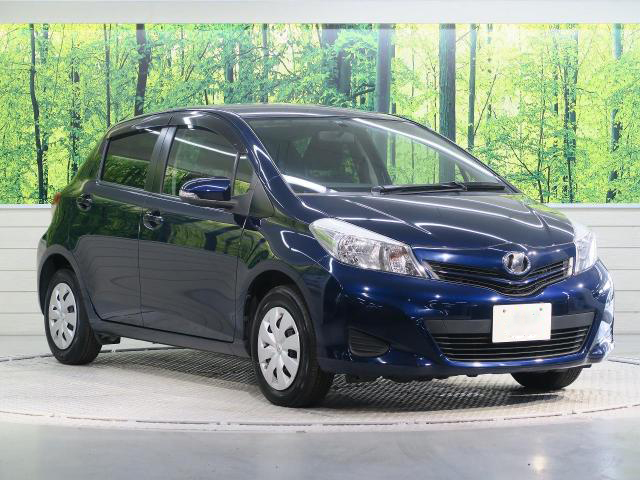The fourth generation Subaru Impreza entered the market in late 2011 and brought about major changes to the once slow and thirsty car. With the introduction of new engines, a lightweight body and improved aerodynamics, it gained more power and better fuel economy which put it in a position to seriously compete with its rivals. These include the Toyota Auris, Mazda Axela, VW Golf, Audi A3, Mitsubishi Galant Fortis and the Nissan Tiida. The WRX STI is a separate car that is not part of the lineup and it targets an entirely different demographic.
When it comes to luxury SUVs, the BMW X5 sits at the top of a tree that features heavyweights such as the Mercedes M-Class, VW Touareg, Range Rover Sport, Volvo XC90, Audi Q7 and Porsche Cayenne. This balance of power in the European axis has existed for a long time and it doesn’t look like it will change anytime soon. A choice of any of these is as good as the other and it usually boils down to personal preference. The newly added 7 seat option in the X5 is a game changer and a clear advantage only shared with the XC90 and the Q7.
The Honda CR-V is medium sized crossover SUV that has long been regarded as a reliable and affordable family car. Though not as popular as its rivals such as the X-Trail and Vanguard, it packs a powerful punch in terms of performance, build quality, interior space and off-road capability. It underwent a major redesign in 2011 that emphasized on aerodynamic performance, modern aesthetics, a new 4WD system and fuel efficiency. It competes with the Nissan X-Trail, Toyota Vanguard, Mitsubishi Outlander, Subaru Forester, Mazda CX-5 and Toyota RAV-4.
From its modest beginning as an all-wheel drive station wagon, the Subaru Forester has steadily evolved into the legitimate SUV it is today. It outperforms most of its rivals such as the Nissan X-Trail, Honda CRV, Toyota Rav-4, Mazda CX-5, Suzuki Vitara and Mitsubishi Outlander. What sets the Forester apart is the ingenious symmetrical All-Wheel-Drive system and the choice of engines that include the turbocharged DTI engine that propels the Forester from 0 to 100 km/hour in 7.5 Seconds
The Toyota Fielder is a versatile station wagon that can be used for both private and commercial purposes. It’s a highly sought after car in the Kenyan market due to its reliability, fuel efficiency and carrying capacity. However, this is only the icing on the cake as the 2012 Toyota Fielder has a lot more to offer in terms of performance, comfort and general aesthetic.
The VW Touran is a European built family car that has largely been overlooked by Kenyans who troop en masse for Japanese options perceived to be affordable and cheaper to maintain. This perception is somewhat true but does not factor things such as safety, comfort, frequency of repair and overall build quality which are important for long-term ownership. In the grand scheme of things, the VW Touran is cheaper to run given that it requires less repairs and is much more durable than its Japanese rivals. Of course, it has its share of problems with the DSG gearbox which mainly stem from improper maintenance. It competes with the Honda Freed, Toyota Wish, Mazda Premacy and Subaru Exiga.
The Nissan Note has been undergoing steady improvements over the years and it’s now one of most decent hatchbacks you can buy in Kenya. It competes with the Toyota Ractis, Subaru Trezia, Honda Fit and Mazda Demio. It boasts of a spacious interior that is at par with the best hatchbacks and it can comfortably seat 5 adults.
The impact of the Toyota Vitz in Kenya has been tremendous and it’s not a far stretch to credit it with the widespread acceptance of sub-compacts in the past decade. There were others before such as the VW Polo and the Toyota Starlet but they never gained the same success as the Vitz. It’s comfortable, affordable to buy and fuel efficient which are factors that greatly influenced people’s perceptions of the small car. It competes with the Honda Fit, Mazda Demio, Nissan March, VW Polo and Suzuki Swift.

